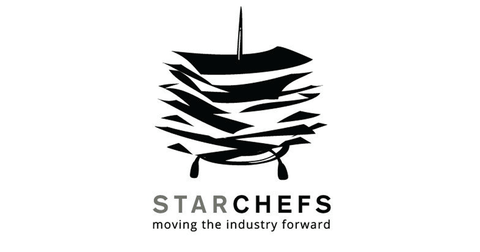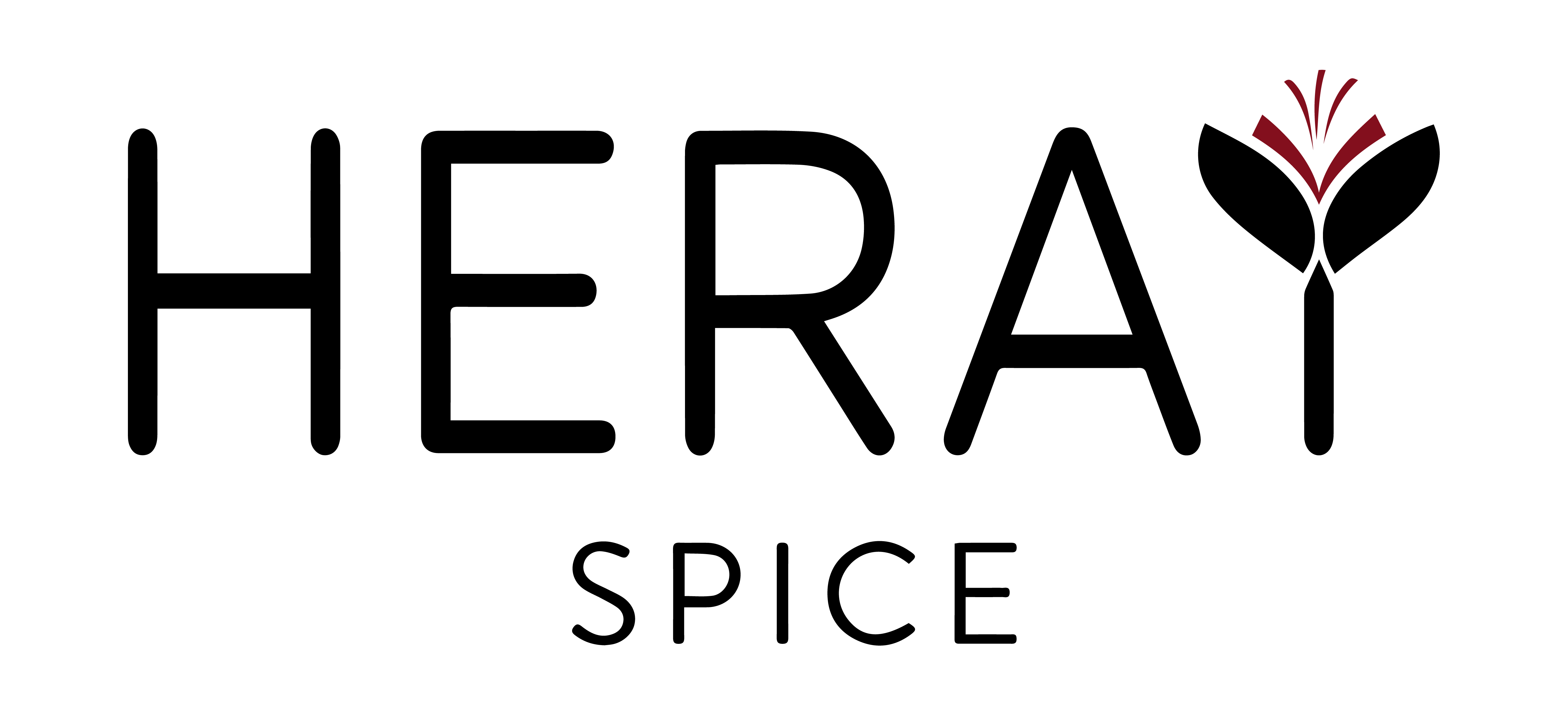Press & Media

Saffron is big business for Heray Spice, a farmer-owned co-op sourcing most of its single-origin ingredients in Afghanistan. As the company continues growth, its founders are finding fresh and innovative ways of developing new products, from saffron oil and saffron liquid to upcycling the flower’s typically unused parts.
Audarshia Townsend | Apr 25, 2023
In Afghanistan, saffron is respectfully called “Queen of the Spices” or “Red Gold.” That’s because it’s almost as expensive as gold, said Mohammad Salehi, CEO/co-founder of Heray Spice. “It’s very valuable, which is why it’s given that title.”
Saffron and other single-origin spices sourced by companies like Heray, POKS Spices, Spice Suite, Burlap & Barrel and even McCormick remain hot global topics as consumers continue to educate themselves about traceable supply chains. From learning more about sustainable measures and ethical labor practices to human-interest stories about the growers, there’s so much to consider.

The world’s most expensive spice is many things: an irreplaceable staple of various cuisines, the focal point of a multibillion-dollar industry, a hot topic in the realm of geopolitics, a victim of fraudulent trading. But it’s also an ingredient that’s been used in everyday cooking for as long as it’s been cultivated. There is, in other words, a lot to say about saffron, so let’s get started.
What is saffron?
Saffron comes from the stigmas of the purple Crocus sativus flower, also known as the saffron crocus because of its prized crimson threads. The trumpet-shaped stigmas are long and deep red, and typically have orange and yellow hues near their base. The saffron crocus typically appears six to eight weeks after planting, and produces up to three stigmas once it blooms.
Where does saffron grow?
The majority of saffron production takes place in warm Mediterranean and semiarid climates, spanning from Spain to Kashmir. Other major producers include Afghanistan, Morocco, and Greece. There are also micro producers loosely scattered around the United States, such as Cyprus Saffron in central Washington and Calabash Gardens in Vermont; the Pennsylvania Dutch even have a long-held tradition of cultivating saffron in their communities. But regardless of attempts to diversify the global saffron market, the world’s leading producer is indisputably Iran, which controls about 85 percent of the entire industry, according to the United Nations Food and Agriculture Association.

Reset with Sasha-Ann Simons20 min
Food Friday: Delicious Bites For Persian New Year
Around 300 million people celebrate the holiday around the world, and they eat some delicious foods as part of the process.
Persians celebrate new life and good luck in the year ahead by deep cleaning their homes.
Reset learns how Chicago’s Persian community is celebrating the holiday this year.
GUESTS:Sheila Kohanteb, UChicago’s Pearson Institute for the Study and Resolution of Global Conflicts and the Harris School of Public Policy
Mohammad Salehi, founder of Heray Spice

On February 24th, 2023, our CEO and Co-owner Mohammad Salehi appeared on WGN TV Midday News Lunchbreak to showcase our delicious saffron rice pudding recipe. The segment featured a step-by-step demonstration of how to prepare the dish, as well as tips on how to use saffron and other ingredients to enhance its flavor. The hosts also had the opportunity to sample the dessert and share their thoughts on the taste and presentation. Overall, the segment was a great success, leaving viewers with amazed and more interested in recipe and a better understanding of how to incorporate saffron into their cooking.

Interested in starting your own entrepreneurial journey in food and beverage but unsure what to expect? Then read up on our interview with Mohammad Salehi, Co-Owner and CEO of Heray Spice, located in Chicago, IL, USA.
What's your business, and who are your customers?
Heray Spice is a local business based in Chicago, Illinois, with a social mission to help farmers with better wages while helping chefs with the freshest and highest quality spices from Afghanistan.
We are also a farmer's co-operative based in Herat, Afghanistan, where we bring farmers together to train them on food safety, standard packaging, and safe processing of saffron. To import the highest quality saffron and pay our farmers better wages, Heray farms are owned by local farmers and have a partnership to only supply saffron for Heray Spice. Our farmers are being paid based on fair-trade principles. The primary customers in our business are individuals and companies in the food industry, such as restaurants, caterers, food manufacturers, and grocery stores. Additionally, individuals who enjoy cooking at home and preparing their own meals are also our customers.

BY CARRIE SCHEDLER
When Mohammad Salehi left Afghanistan, he found a new passion as a saffron importer. Salehi’s start-up, Heray Spice, is now bringing top-quality saffron to the United States.
The question had been nagging Mohammad Salehi: Why was the saffron at his neighborhood grocery store so cheap?
It wasn’t as if the shop’s $4 per gram price tag was wallet-friendly. But Salehi, the son of farmers from the saffron-rich Afghanistan, knew that the cost to produce a gram of the spice was more like $7—100 grams requires 25,000 crocus flowers with the stamens and styles removed by hand to create threads. Something wasn’t adding up, so he opened his new container and ran some unscientific tests. It smelled like paint fumes instead of the usual woody herbaceousness. The color was bright red instead of a mellow orange-yellow. He placed a few threads in water alongside another glass with some higher-quality saffron, and the cheap stuff tinted the water an orange-red, while the more expensive saffron imparted a golden hue. Then he tasted the grocery store saffron: chemical and limp instead of delicately savory with notes of honey and lemon.
